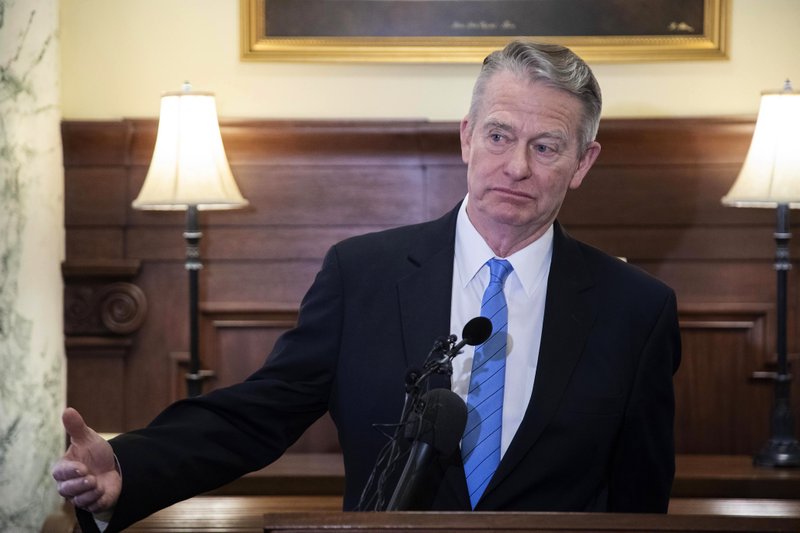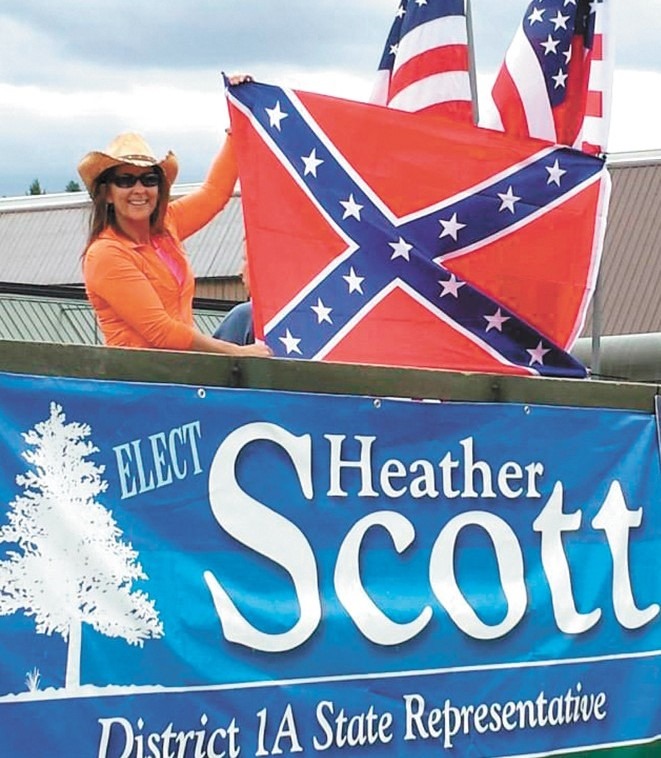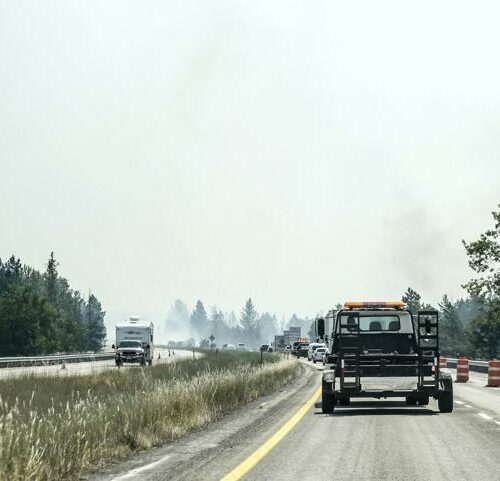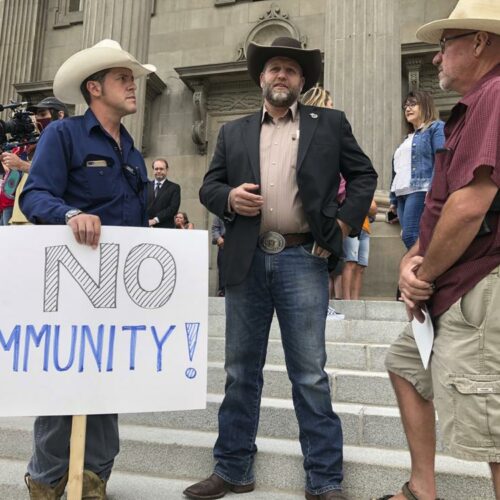
Idaho Gov. Brad Little Begins Lifting Stay-Home Measures To ‘Re-open’ Economy
Listen
Idaho Governor Brad Little kicked off the process Thursday of “re-opening” the state after five weeks of “stay home, stay healthy” measures to help stem the spread of coronavirus.
With Little’s announcement to move forward with stage one of a four-stage plan, about 90% of Idaho businesses can “open their doors,” Little said at a news conference Thursday morning. That includes retail businesses, churches and daycares.
“However, Idahoans will still need to be vigilant, to stay healthy, as we continue to reopen our economy,” Little said. “Our staged approach is consistent with direction from President Trump, CDC and our public health experts.”
Idaho has seen nearly 2,000 confirmed coronavirus cases and 60 deaths as of April 30.
The order, which replaces Little’s previous emergency declaration, keeps many of the state’s public health measures in place, like social distancing and a recommendation to avoid gatherings of any size.
Bars and nightclubs remain closed for now. So do gyms, hair salons and movie theaters. Restaurants remain limited to take-out and delivery. And out-of-state visitors still must quarantine for 14 days when coming to Idaho.
Little said people should wear face masks in public and wash their hands to ensure stage two can begin May 16.
“We can only reopen our economy successfully if we can demonstrate a downward decline in severe cases and meet other criteria,” Little said.
In stage two, gatherings of 10 people or less will be allowed, and restaurant dining rooms, gyms and hair salons can re-open if they meet certain criteria.
Stage three, anticipated to begin May 30 and end June 12, is more of a shift from what Idaho is recommending now. At that point, vulnerable people can “resume public interactions,” according to the state’s website.
Gatherings of fewer than 50 people will be considered “appropriate.” All businesses can open except for bars, nightclubs and movie theaters. Visitors will no longer be required to go through a 14-day quarantine.
In the final stage, all businesses will be allowed to open, as long as they have social distancing protocols in place.
Little’s new plan, like the previous stay-home order it replaces, does not have strong enforcement and “encourages” rather than “mandates” businesses to follow its recommendations. Still, flouting the order’s provisions would constitute “an imminent threat to public health” and could lead to a misdemeanor charge punishable by a fine, imprisonment or both, according to the order.
At the news conference, Little reiterated his belief that business owners want Idahoans to be safe, and would voluntarily comply.
His language is similar to how he spoke before issuing his March 25 order, when the governor said he wanted to rely on voluntary social distancing and “peer pressure” to slow the spread of coronavirus.
Pushback From Within
Notable Republican politicians and conservative figures have openly resisted Little’s measures, including North Idaho state Rep. Heather Scott.
Scott, a Republican who represents the Blanchard area, has said the government doesn’t have the right to force businesses to close or stop people from attending church. This week, she sent an email to her constituents using her official government newsletter suggesting Idaho was heading toward tyranny, if it wasn’t already there.

Idaho Rep. Heather Scott sparked controversy in 2015 when she posed with a Confederate flag on her campaign float at Priest River, Idaho’s Timber Days parade. CREDIT: Heather Scott/Facebook
After mentioning Little’s name, she wrote about politicians “consumed with power, who are out of touch with reality, and acting tyrannically.”
In early April, Scott released a YouTube video calling on people to “push back” against Little’s orders.
On April 17, Idaho Lt. Gov. Janice McGeachin, also a Republican, wrote Little a three-page letter and urged him to declare all business “essential.” McGeachin’s letter, which the Idaho Press obtained through a public records request, said, “Idahoans have been plagued with uncertainty and ambiguity for too long. It is time to stop with conjecture and start making some decisions.”
Ammon Bundy, who led the armed occupation of Malheur National Wildlife Refuge in 2016, tried to convince people to defy Little’s orders by holding an Easter service in a venue capable of holding 1,000 people. Instead, about 60 showed up.
Cash For Small Businesses
On Thursday, Little also announced a new small business cash grant program funded by the federal coronavirus aid package Idaho received.
Small businesses in Idaho can get a $10,000 grant from the state under the “Idaho Rebounds” grant program.
“With this step we will be able to support more than 30,000 of Idaho’s smallest businesses,” Little said. “Many of these businesses are the backbone of their community. No other state in the country is putting up a larger amount from the coronavirus relief fund to help small businesses with cash support.”
The state set aside $300 million of the $1.25 billion it got in federal coronavirus aid for the grants. Grants will be available to the state’s small businesses even if they haven’t received a Paycheck Protection Program loan from the federal Small Business Administration.
The criteria and process to apply to the program are being finalized, and details will be released on May 5. Applications will be accepted by the Idaho State Tax Commission starting May 11.
For more information visit Rebound.Idaho.gov.
Related Stories:

Idaho Governor Taps National Guard To Help With Firefighting Efforts
“Wildfire is presenting an imminent threat to life, property, and the environment, and we need all hands on deck,” Gov. Brad Little said in a statement. “I appreciate our firefighters and fire managers for working so hard under such challenging conditions, and I am grateful that our guardsmen are able to step in once again to support Idaho communities.”

Analysis: In Idaho, A Big Budget Surplus Could Generate A Surplus Of Ideas
Idaho’s ever-growing budget surplus is trending toward a record-shattering and mind-boggling $800 million. The big reason: Individual income tax collections are ahead of forecasts by a whopping $452.2 million. We’ll know the exact surplus sometime after June 30, when the state closes the books on the 2020-21 budget year.

In Idaho, The Next Political Fight Is Not Blue Versus Red, But What Shade Of Red The State Will Be
Mainstream Idaho Republicans, who have dominated the state for three decades and would be considered far right in many states, have themselves become targets, including protests at lawmakers’ homes. They fear disinformation and intimidation is driving the changes in the rural Western state.















